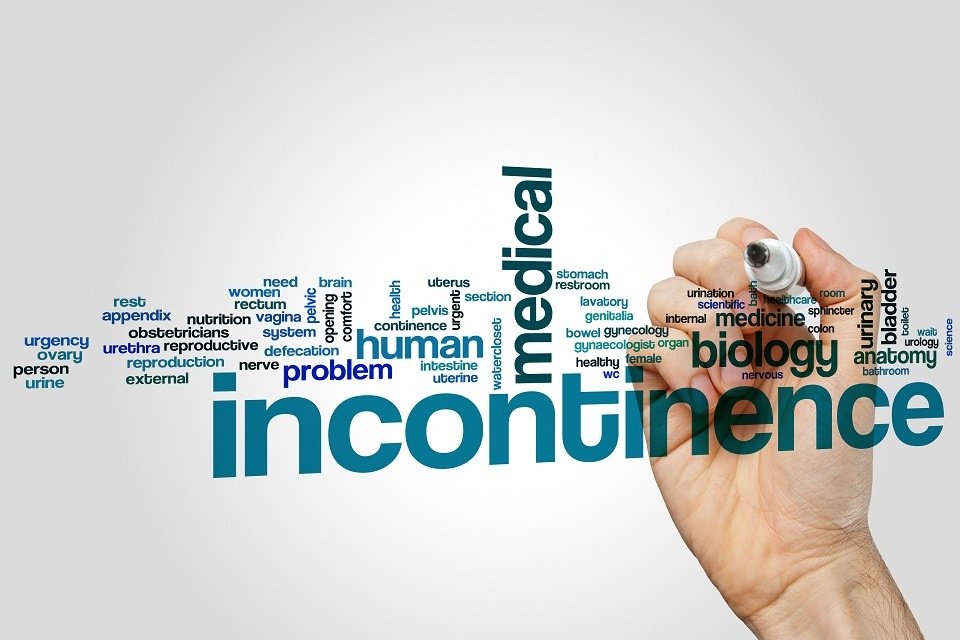
Tips to Help You Manage Urinary Incontinence
Urinary incontinence is a condition characterized by the loss of bladder control. It’s not a disease in itself but a symptom. It can be a temporary condition or persistent one, depending on the cause. Urinary incontinence can happen as a result of one’s diet, underlying medical condition, or physical problems.
Millions of American adults have urinary incontinence. While it’s common for women over the age of 50, it can happen to anyone including the younger population.
Different Types of Urinary Incontinence
Urinary incontinence can be categorized into three: stress, urge, and overflow. It’s possible to have more than one or all of the types of urinary incontinence.
- Stress incontinence
Stress incontinence happens as a result of physical activity or body movement. Activities or movements caused by coughing, sneezing, laughing, or heavy lifting can put pressure on the bladder leading to temporary urinary incontinence.
Stress incontinence is more common among women than men. Despite its name, it isn’t related to psychological stress.
- Urge incontinence
Urge incontinence happens when a person has a strong urge to urinate. It is usually caused by abnormal contractions of the bladder.
Normally, it’s the sphincters that control the flow of the urine. But what happens to people with urge incontinence is that their bladder contracts force that is strong enough to override the sphincter muscles of the urethra.
There are several reasons that lead to abnormal contractions of the bladder. This can be due to damaged bladder as a result of a disease like diabetes, multiple sclerosis, spinal cord damage, or irritated bladder.
- Overflow incontinence
Overflow incontinence occurs when the bladder doesn’t empty properly. As a result, it leaks out. There are several reasons why this happens. It may be due to a nerve or muscle damage which can be caused by multiple sclerosis, Parkinson’s disease, or spina bifida.
In some cases, overflow incontinence may be the result of obstruction which makes it difficult to empty the bladder. The obstruction can be due to an enlarged prostate, kidney stones, or urethral stricture.
Causes of Urinary Incontinence
There are several causes of urinary incontinence. Some of these causes may only result to temporary condition while there are also those that lead to persistent and more serious cases of urinary incontinence.
Temporary Causes
Many cases of temporary incontinence are attributed to lifestyle choices like diet. Alcoholic and caffeinated beverages can result to temporary incontinence as these drinks lead to temporary loss of bladder control.
Other causes of temporary incontinence include medications like those for hypertension, sedation, heart diseases, and for muscle relaxation. Constipation and urinary tract infection can also lead to this urinary problem.
Aging
Urinary incontinence can result from age-related changes to the lower urinary tract. Some of these changes include reduction in bladder capacity, decreased urinary flow rate, and uninhibited contractions. Coupled with chronic diseases, the risk for urinary incontinence increases with age.
Damage to the Pelvic Floor Muscles
Since pelvic floor muscles support the bladder, any condition that leads to damage of the pelvic floor muscles can lead to urinary incontinence. Surgery and childbirth can lead to weak or damaged pelvic floor muscles.
Enlargement of the Prostate
Enlargement of the prostate is one of the common causes of urinary incontinence among men. When the prostate enlarges, it can squeeze the urethra and in return, affects the flow of the urinary stream. A condition called benign prostatic hyperplasia (BPH) can lead to prostate enlargement.
Cancer
Some cancer types can lead to urinary incontinence. These include prostate cancer among men and bladder cancer for both men and women. Urinary incontinence can also be a side effect of cancer treatments.
Managing Urinary Incontinence
There’s nothing to be embarrassed about having urinary incontinence as there are several approaches for managing it. Some of the ways that can help you manage your urinary incontinence include:
- Use of absorbent products
Absorbent products like pads can be a great use for people with urinary incontinence. Pads or garments that are meant to absorb urine and protect the skin and clothing can be highly beneficial for those who have persistent incontinence despite treatments and medications. These products can also work great as temporary solution for patients who are awaiting surgery or waiting for definitive treatment for their urinary incontinence.
When using absorbent products, proper skin care and use of these products are encouraged to prevent skin breakdown and infections.
- Use of catheters
The use of catheters is often part of anti-incontinence therapy. It can serve as a temporary or permanent solution for overflow incontinence. It can help patients improve their bladder capacity and the voluntary detrusor pressure.
Self-catheterization is often advised to patients who can perform it.For those who can’t, an alternative solution is the use of indwelling Foley catheter.
Proper management of indwelling catheters should be observed including changing it at least once per month to prevent infection.
- Undergo pelvic floor rehabilitation
Pelvic floor rehabilitation which include pelvic floor exercises like Kegel exercise is shown to help improve the pelvic muscle tone and strength. This is an effective and a noninvasive solution for those with mild stress urinary incontinence.
Pelvic floor exercises involve lifting the levator ani muscles as if you’re controlling your urination or defecation with less contraction of your muscles in your abdomen, buttocks, or inner thighs.
- Lose weight
Obesity is a risk factor in the development of urinary incontinence. Hence, losing weight may help improve your condition.
In a study involving overweight and obese women, it shows that those who have lost weight experience a reduction in weekly urinary incontinence episodes by 47%.
- Change your diet
Because certain foods can trigger urinary frequency and incontinence, avoiding these foods can help in alleviating the urinary incontinence symptoms. Some of the foods and drinks to avoid include stimulants like caffeine, alcohol, spicy food, and citrus fruits. Avoiding these food and drinks may not totally eliminate the urinary incontinence symptoms but they can, at least, reduce it.
In contrast to what other people believed, drinking sufficient amount of fluids is still considered important even if you have urinary incontinence. Sufficient fluid intake can prevent infection, kidney stones, and constipation – all of which contribute to urinary incontinence.
Having urinary problem like incontinence can be difficult but with the help of certain products, treatments, and lifestyle changes, it can be managed.
 About the Author – The Product Specialists at Medical Monks contributed this article. Medical Monks is medical supply retailer serving consumers and businesses across the United States. Reach our Specialists at customercare@medicalmonks.com.
About the Author – The Product Specialists at Medical Monks contributed this article. Medical Monks is medical supply retailer serving consumers and businesses across the United States. Reach our Specialists at customercare@medicalmonks.com.

